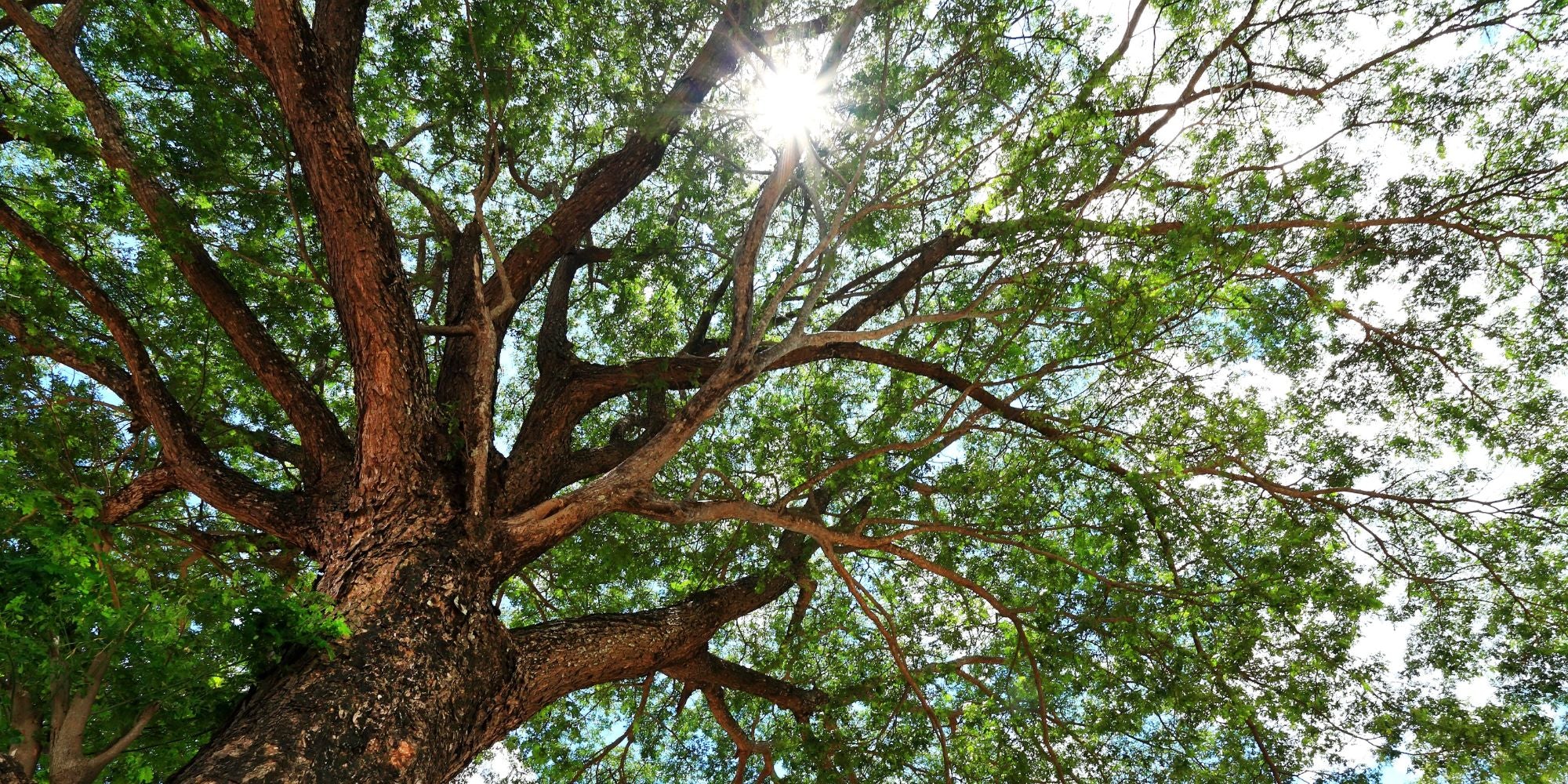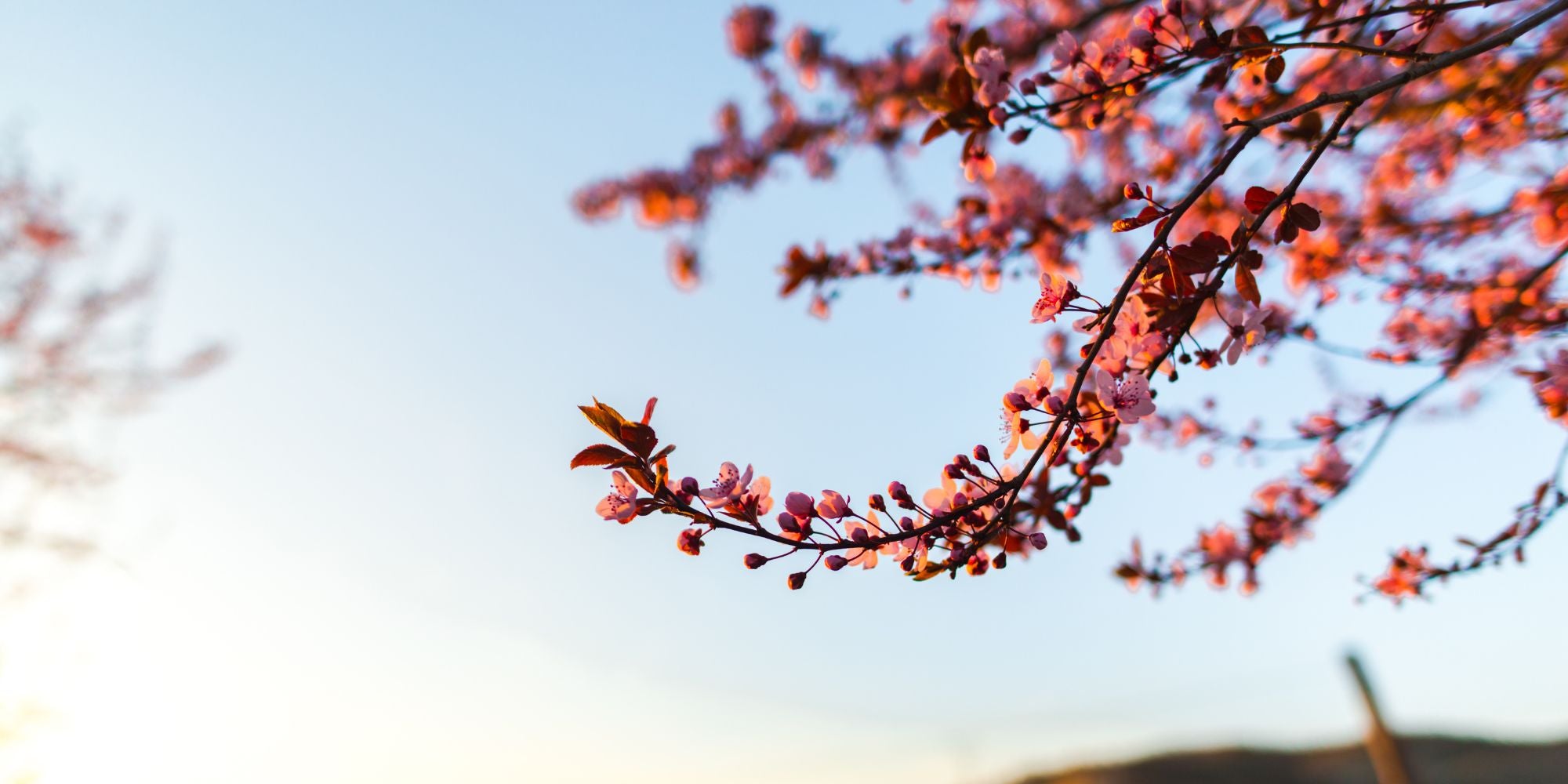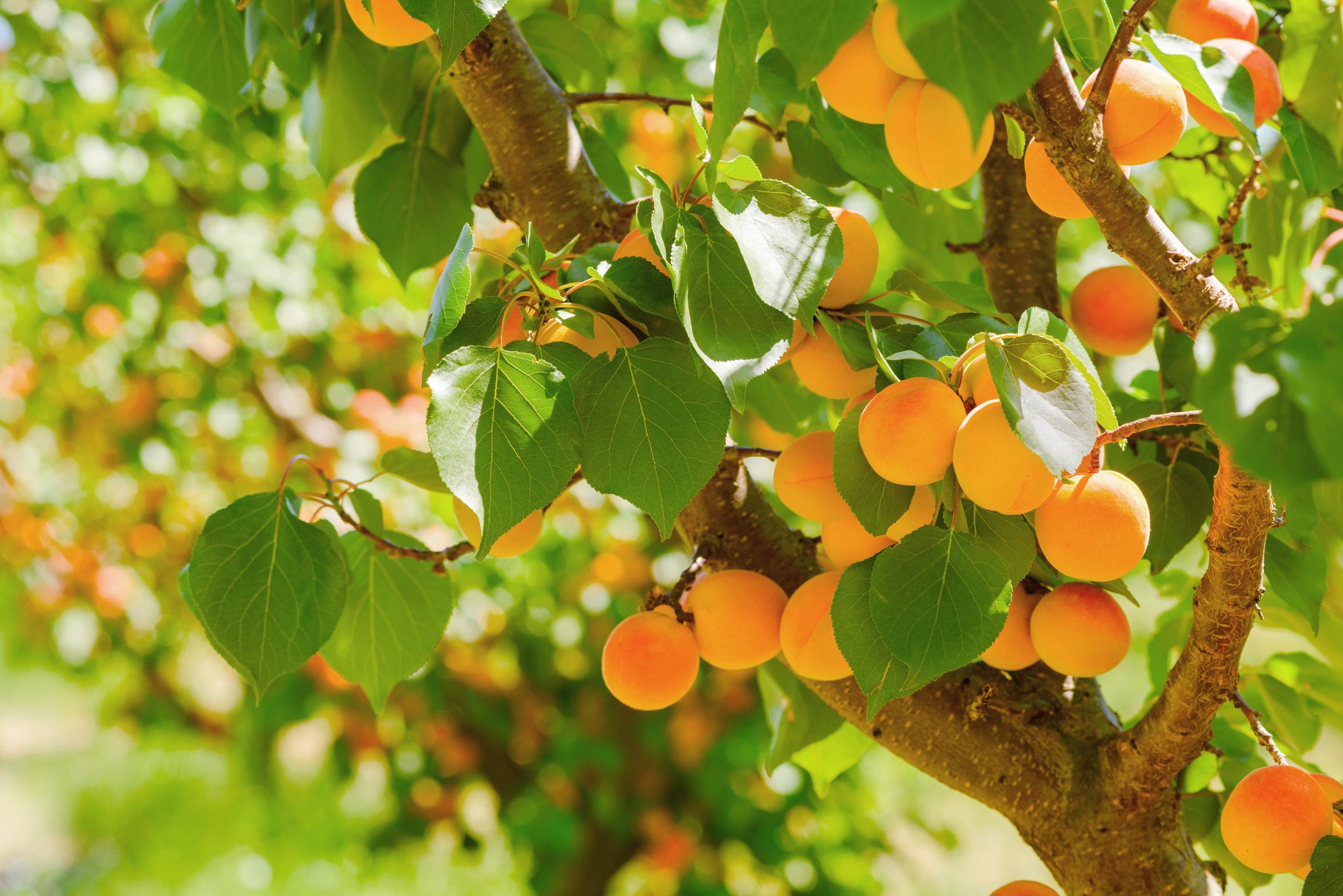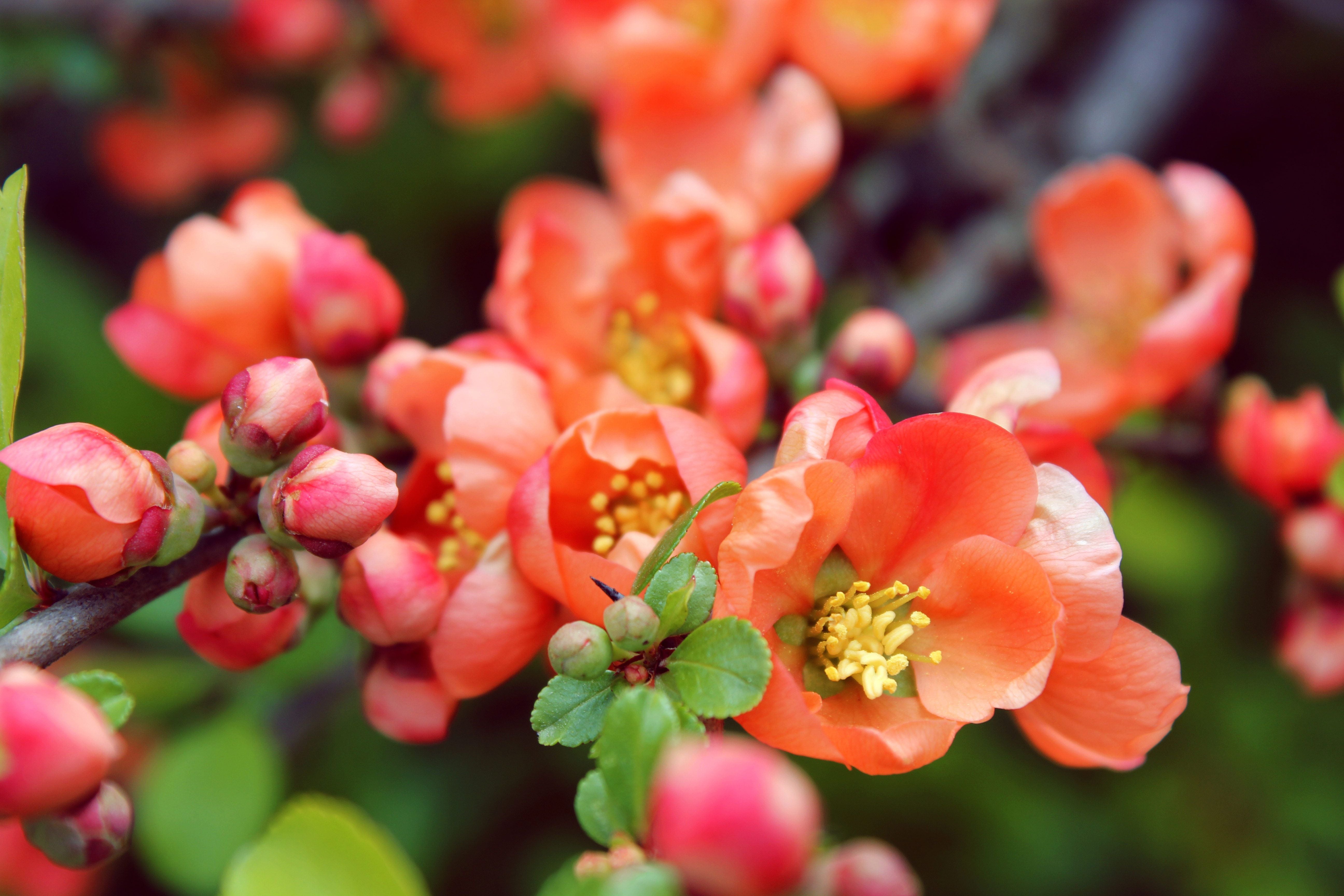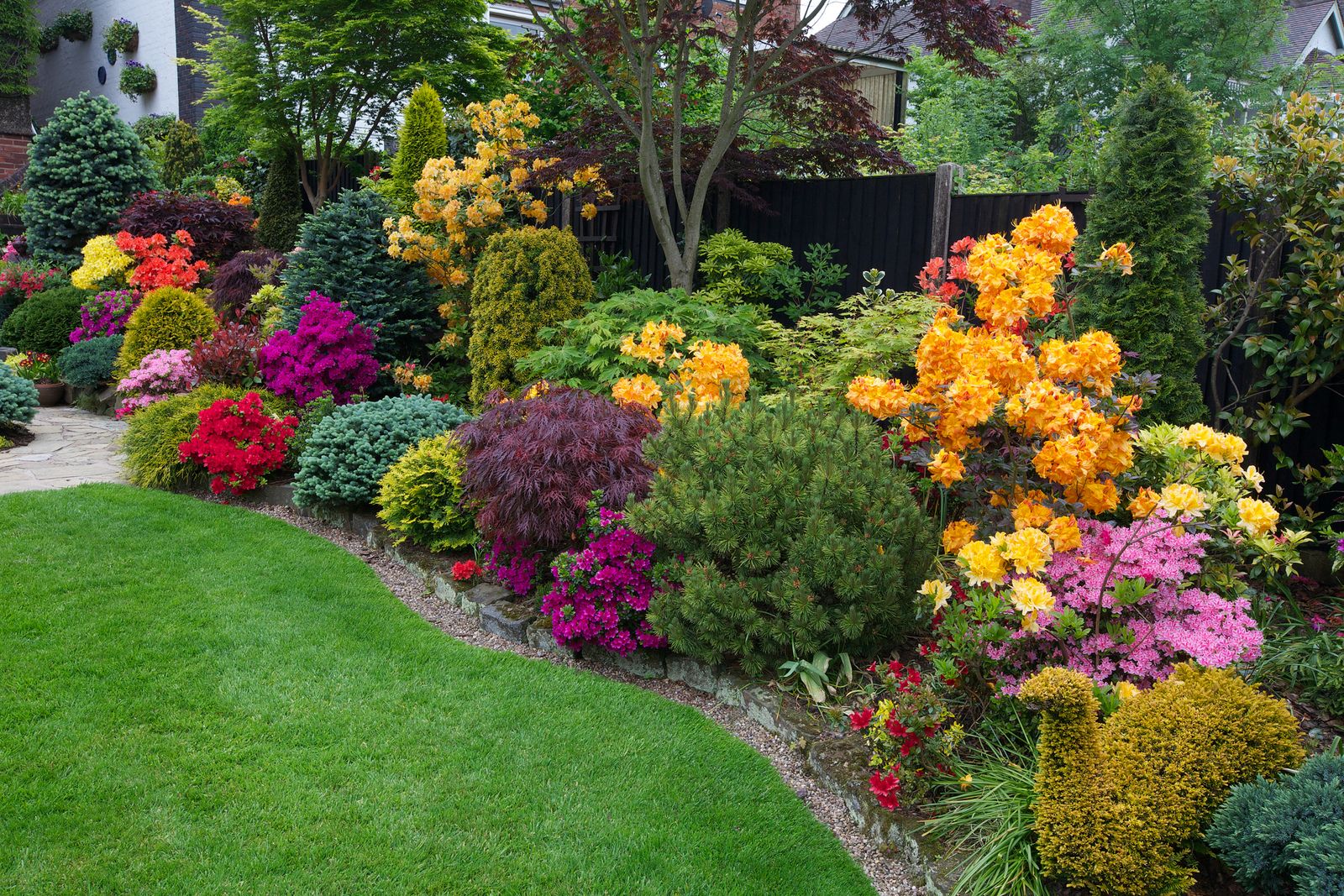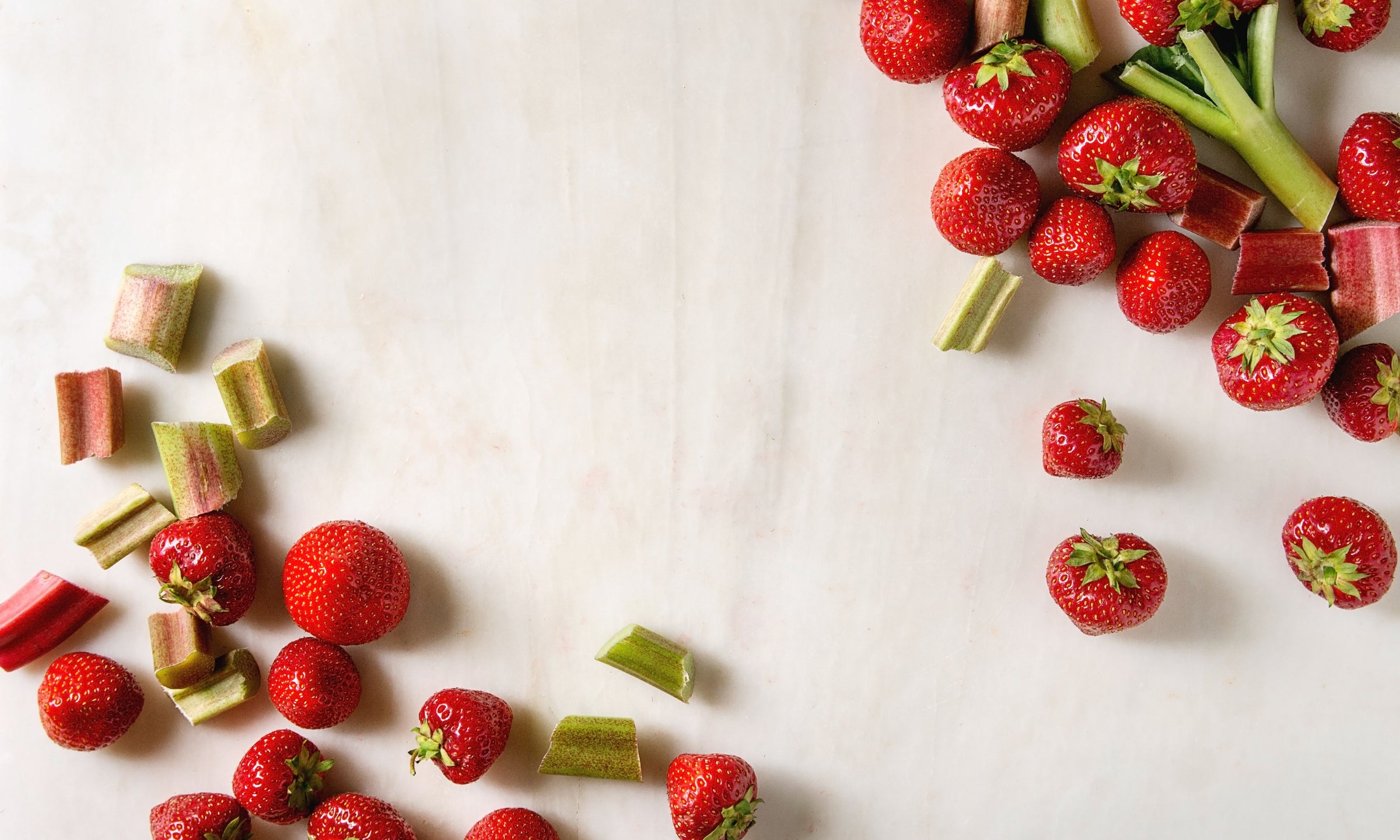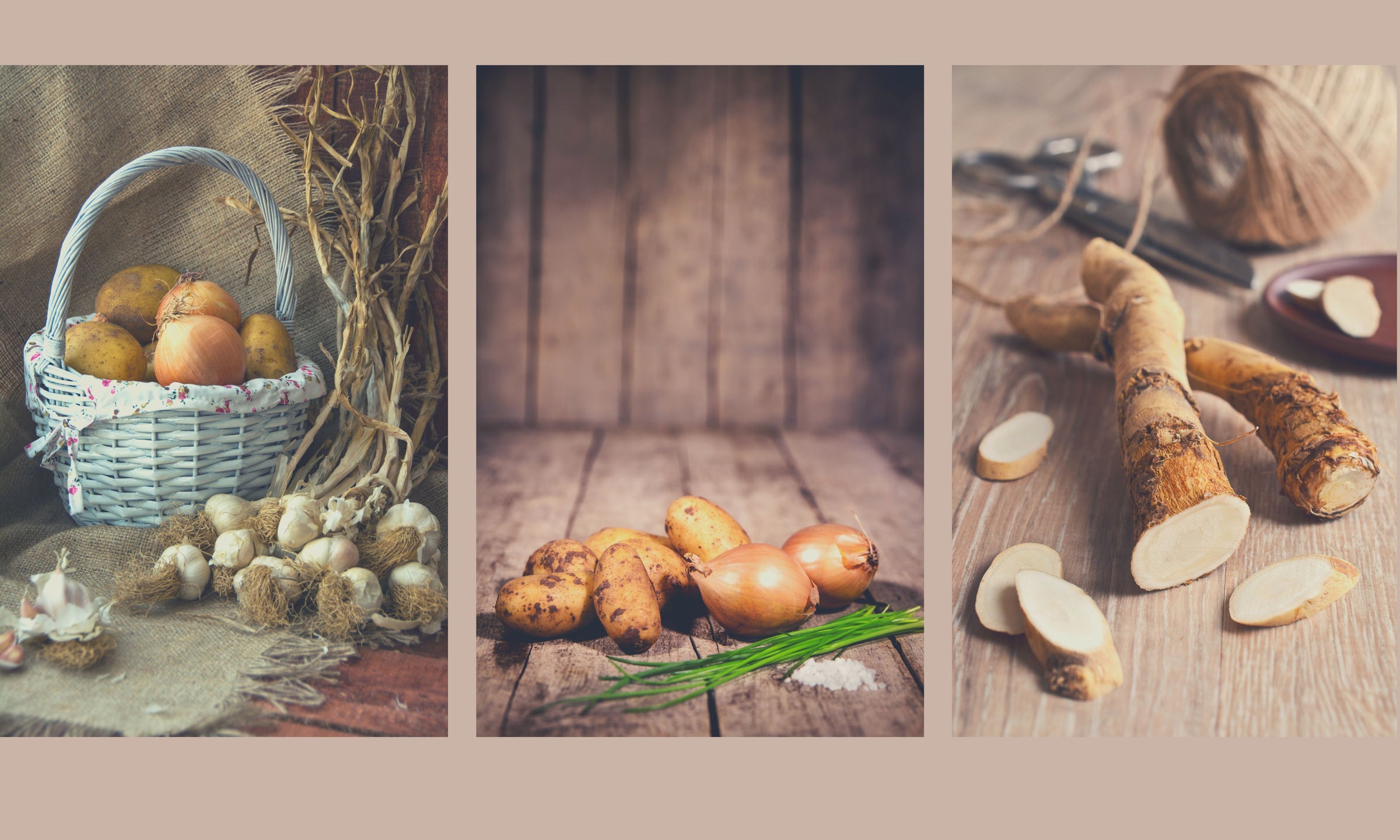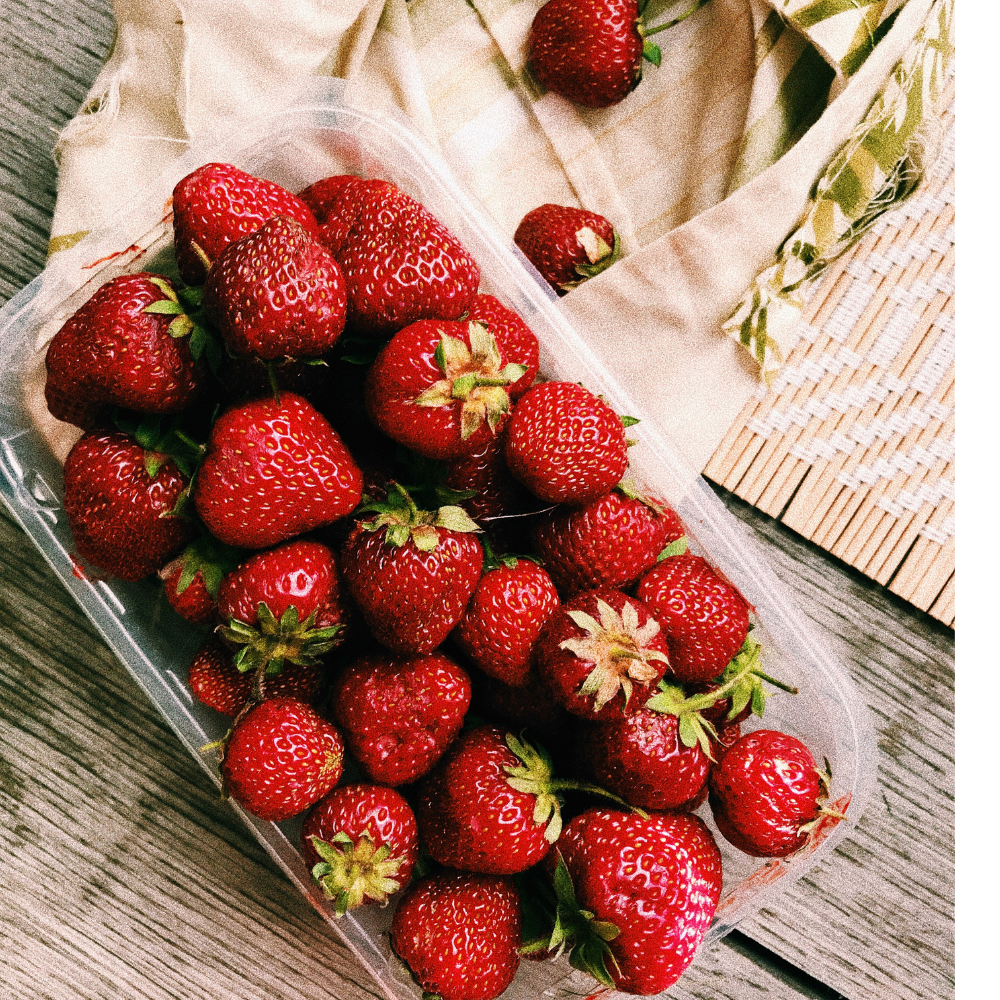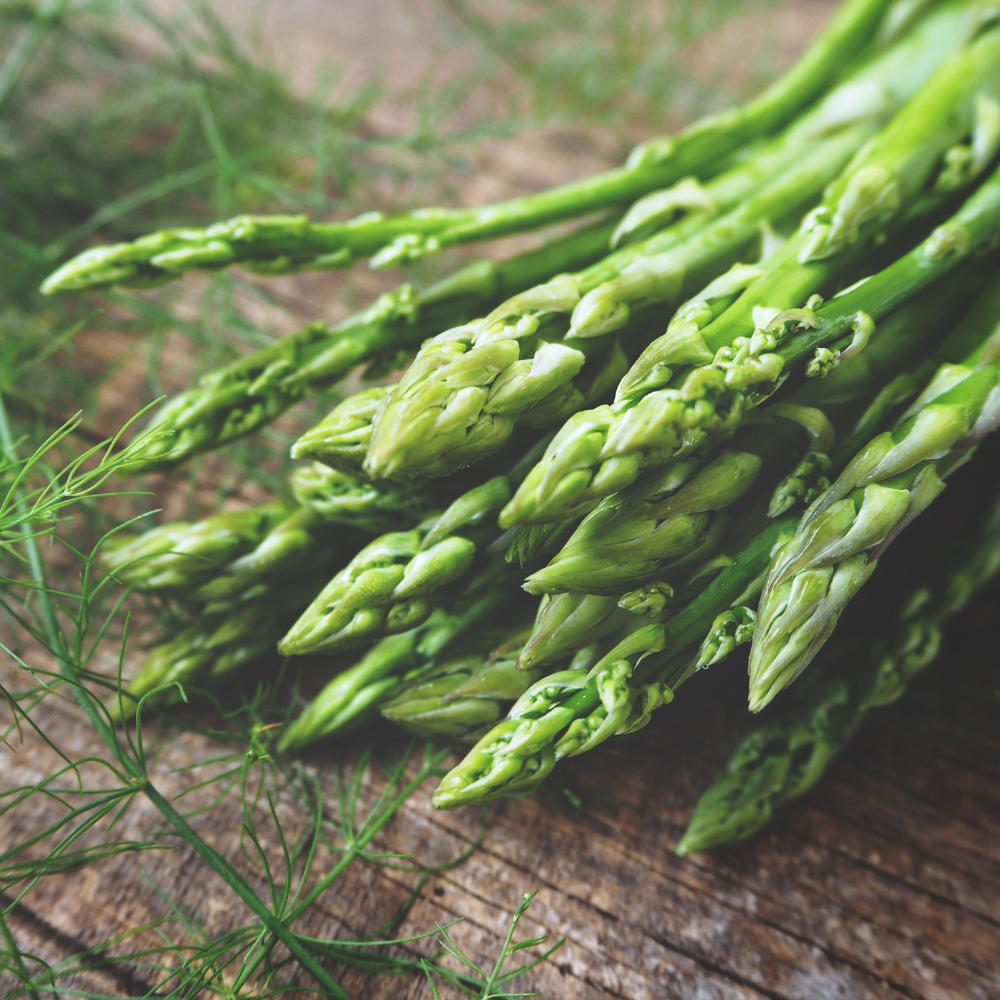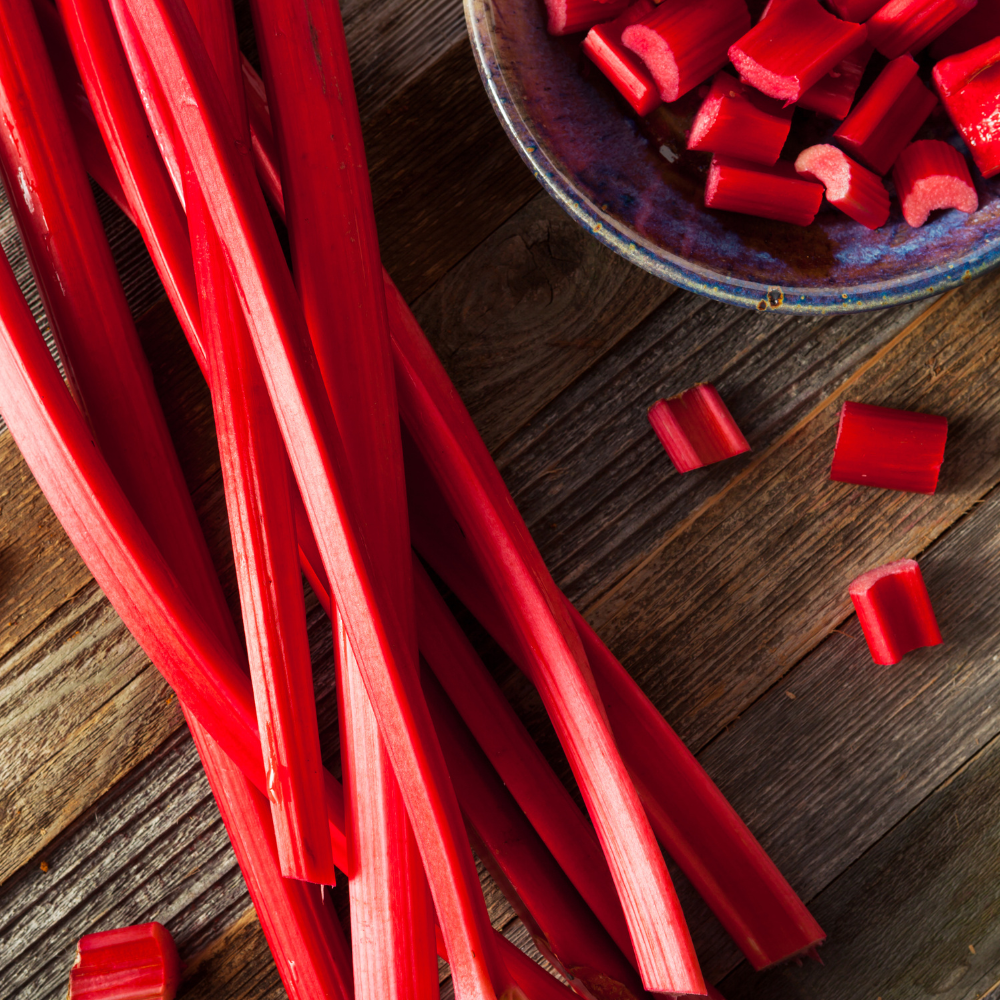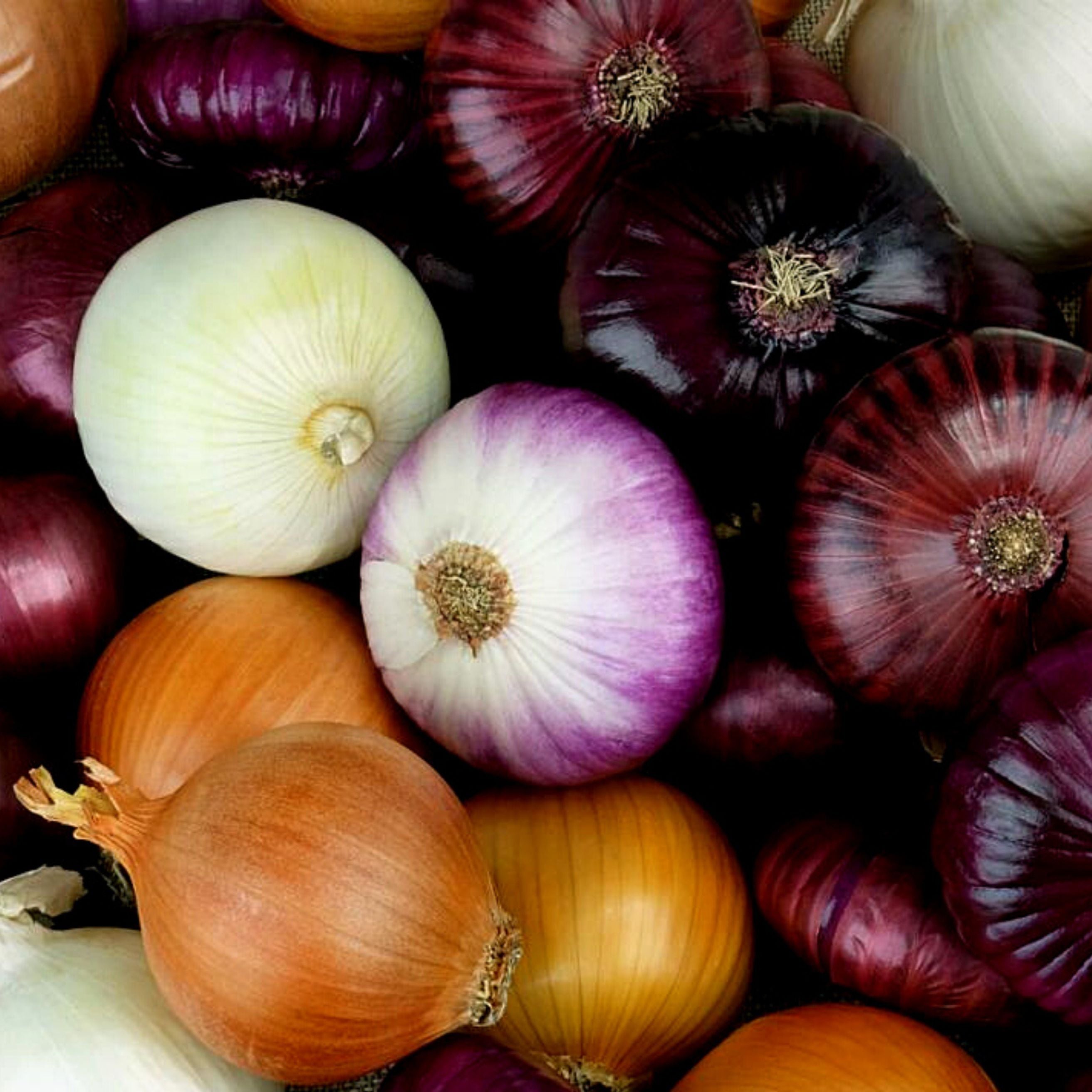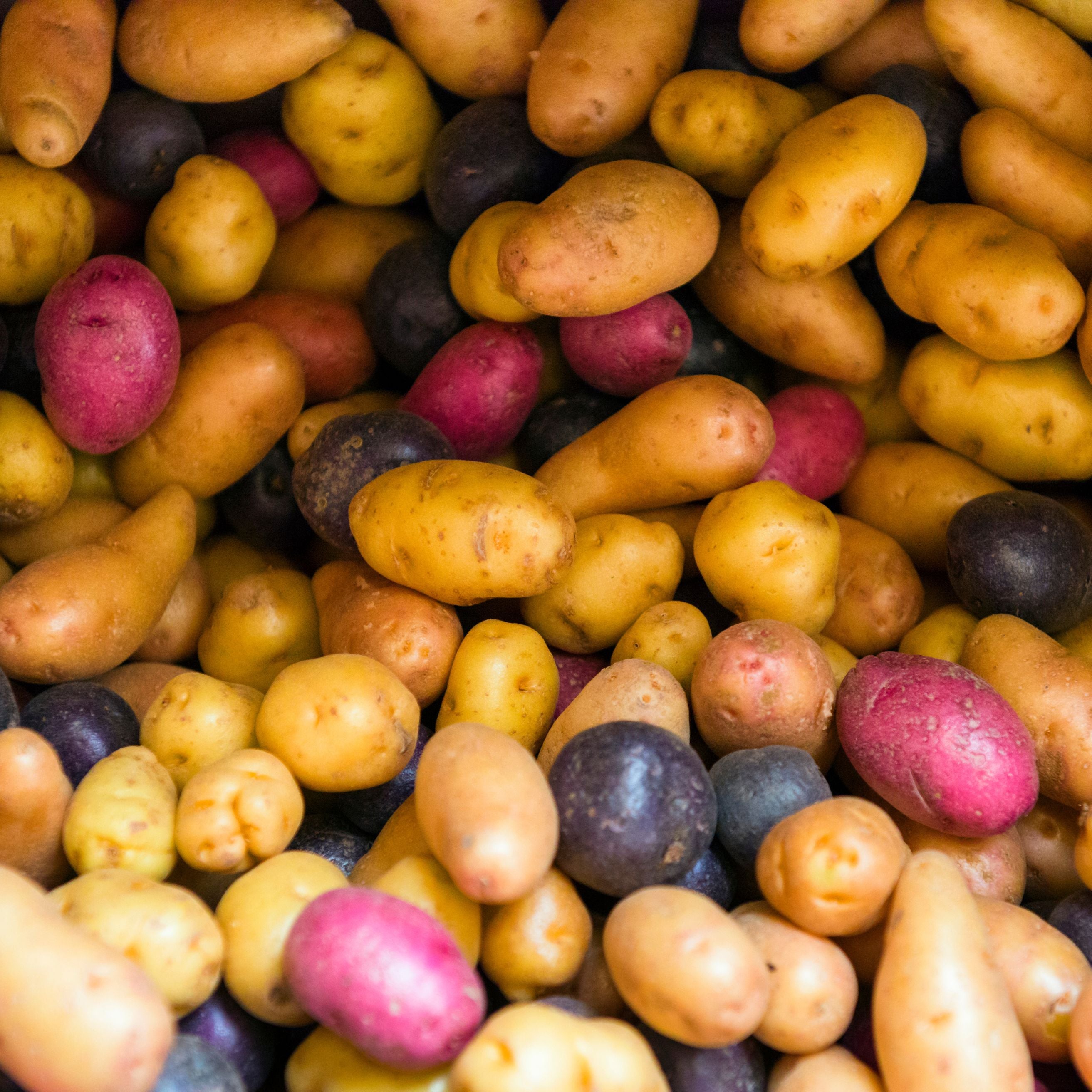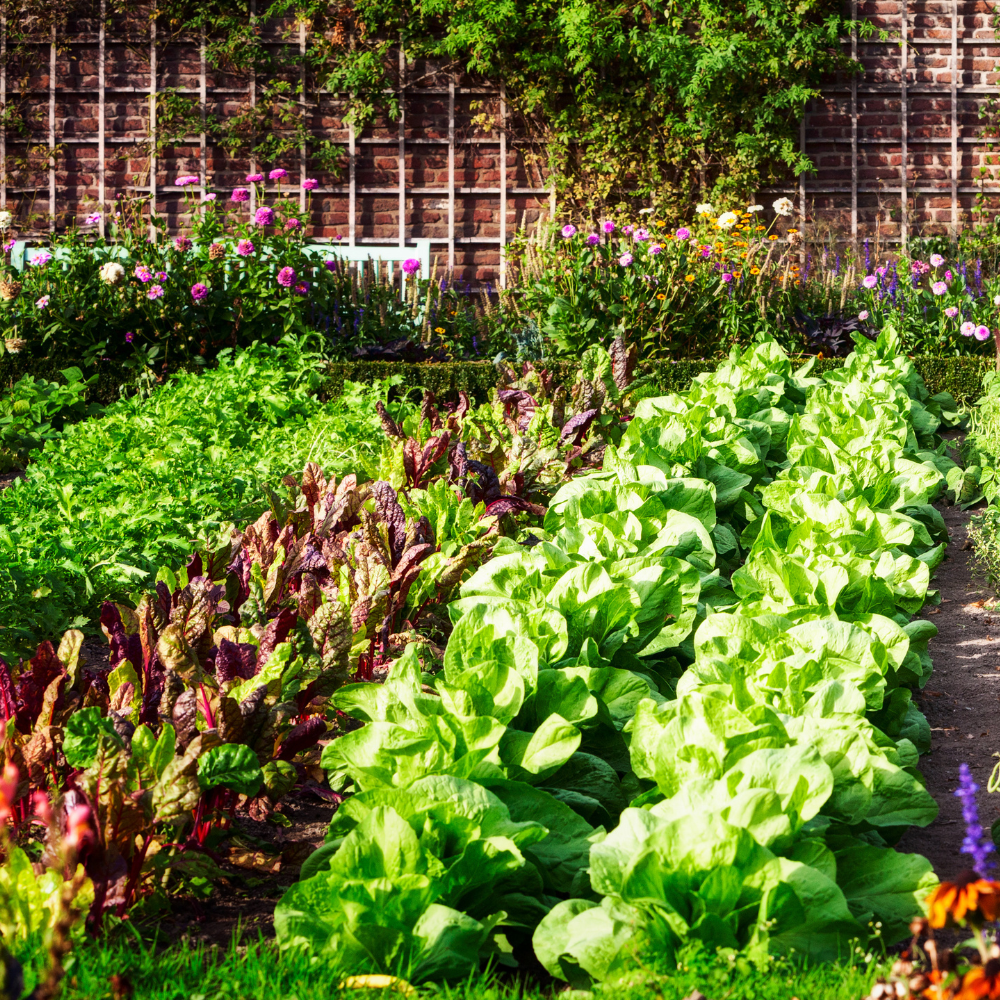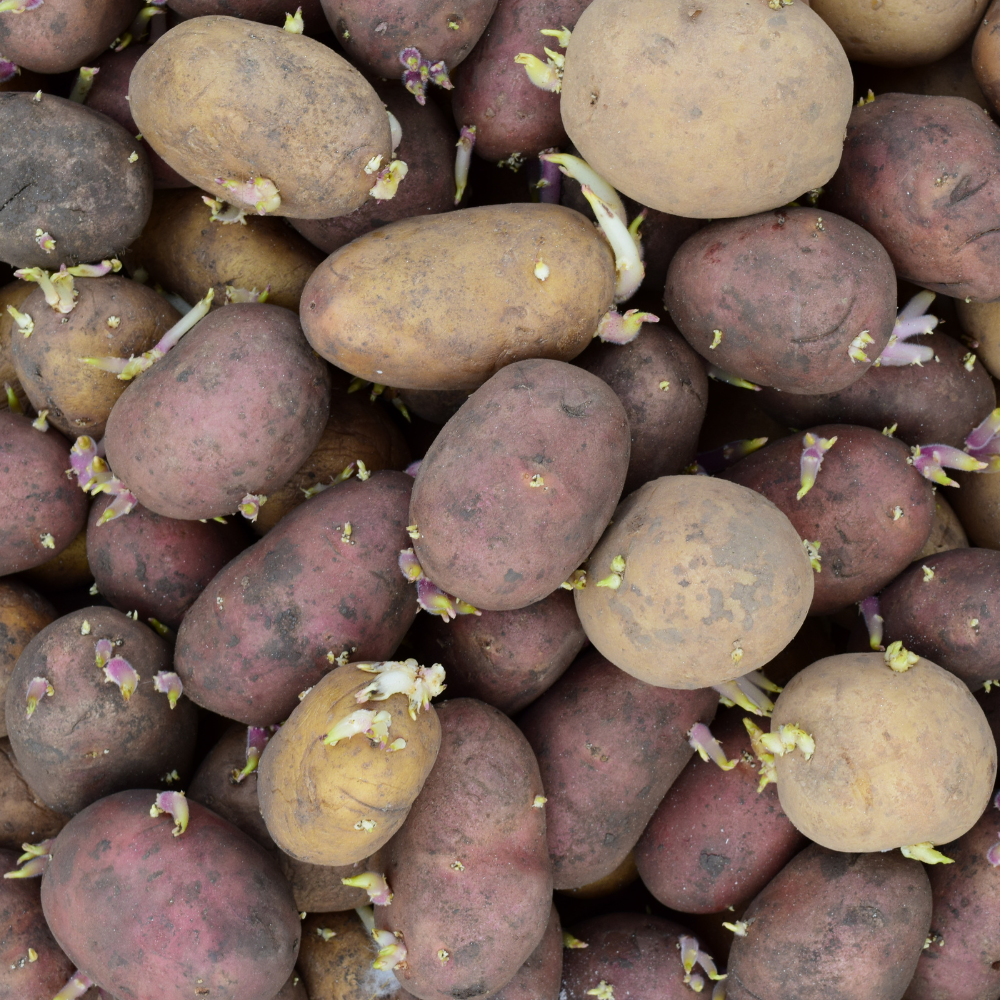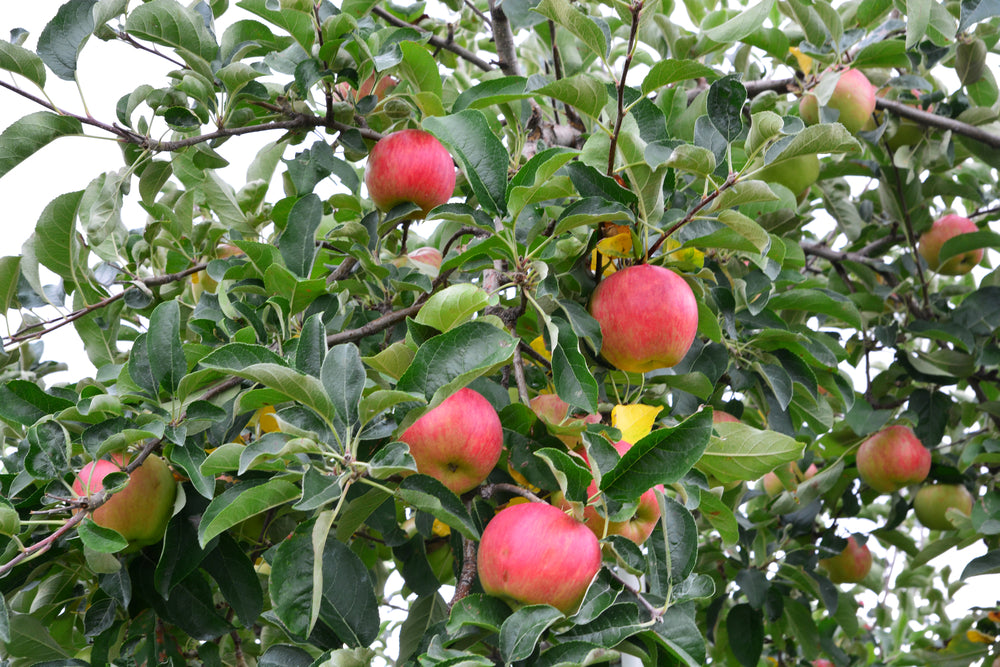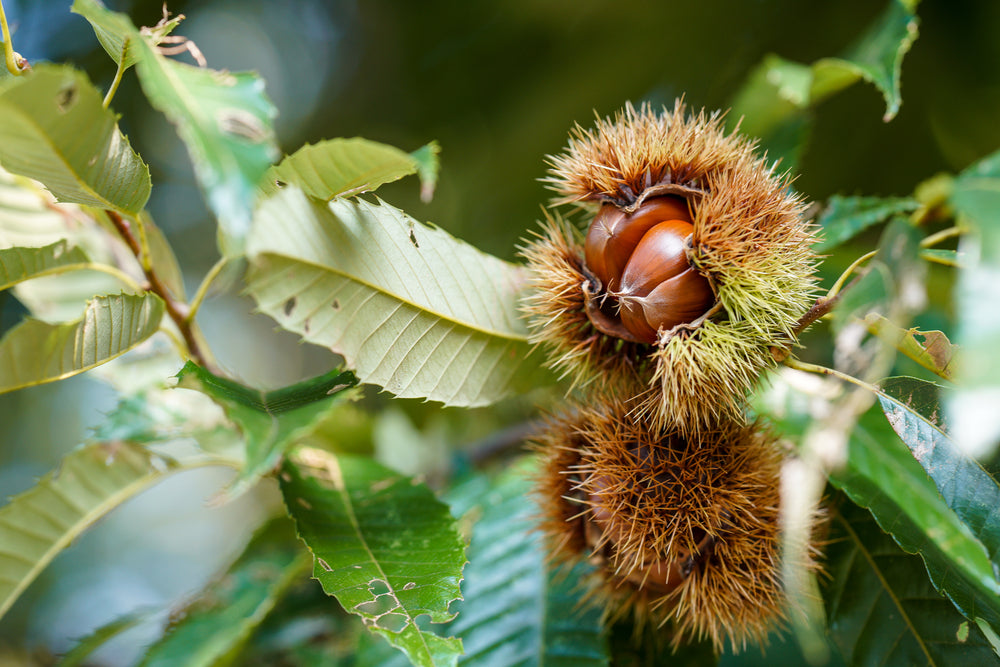Cultivate Your Homestead: The Bare Root Bounty
Unlock the secrets to sustainable living with our guide on the benefits of bare root plants. From cost-effective abundance to versatile cultivation in any space, embark on a journey of fresh, flavorful bounty. Discover the joy of growing your own food, whether you're a seasoned homesteader or a novice with a small plot – your harvest awaits!
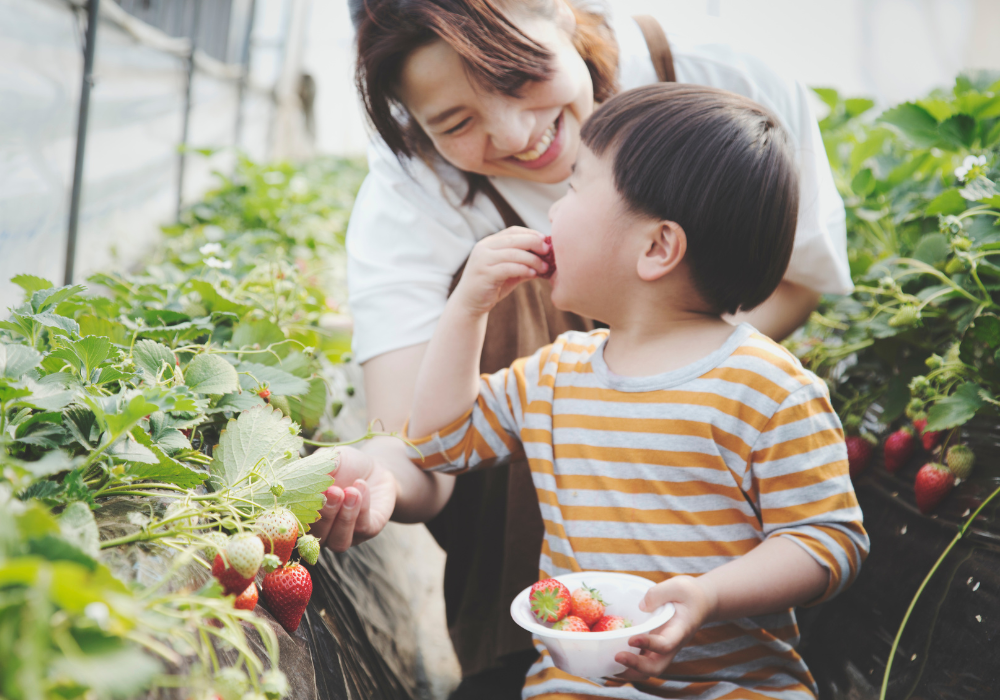
Strawberries
Get ready to dive into the world of strawberries! From the always-there-for-you Everbearing to the summer-loving Junebearing, and let's not forget the unique Pineberry strawberries – we've got all your strawberry needs sorted!
Asparagus
Explore the rich flavors of asparagus in our handpicked selection. We've got the classic Mary Washington, the uniquely tasty Sweet Purple, and the hearty Jersey Knight. Perfect for adding a gourmet touch to your garden!
Rhubarb
Discover the tangy wonders of rhubarb with our Canadian Red and Valentine varieties. Add a burst of flavor to your garden with these vibrant and exciting choices
Why Bare Roots?
Choose bare root plants for a streamlined and eco-friendly gardening experience. Lightweight and compact, they reduce shipping costs and environmental impact, arriving without pots. This simplicity ensures quick adaptation and robust root development upon planting, leading to a flourishing garden. Embrace the efficiency of bare root planting for a greener and more bountiful harvest!
Planting & Care Guide: Bare-Root & Seed Essentials
Have Questions?
We're here to help.
Check out our blogs or FAQ section for tips, tricks and ideas for staring your sustainable garden. If you still have questions reach out to us at Support@tristarplants.com. We are happy to assist with any concerns you may have.


